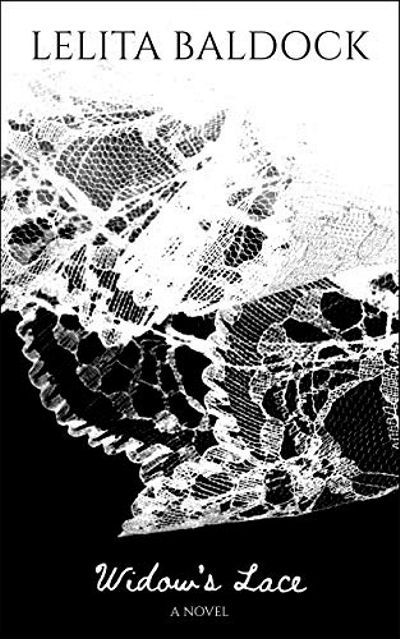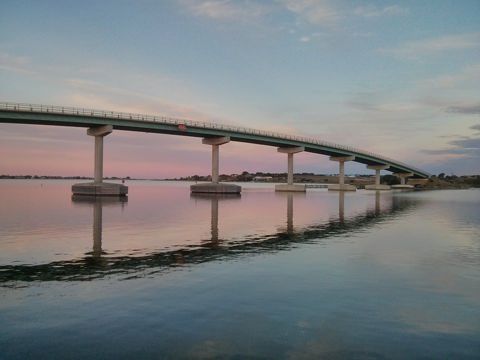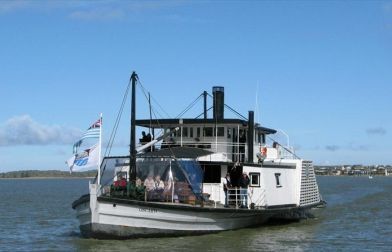
A hundred year old mystery, the widow left behind, a fallen soldier, the abandoned fiancée, an unnamed body and the young student determined to find the truth.
In 1886 famous English poet Edward Barrington moves from Derbyshire, England to a farm on the Finniss River, in South Australia. Two years later he disappears.
25 years later Archie Hargraves abandons his fiancée Clara and travels from England to meet with Edward’s widow, Rosalind. He plans to write a biography and make a name for himself, independent from his wealthy father. Returning to England in 1914 he abandons his work to join the war in Europe. His journal of notes from Australia is never released.
Ellie Cannon, a young PhD candidate at Sydney University, is writing a thesis on one of Barrington’s last known poems, The Fall. It’s not going well. Struggling with her relationship with her mother and loss of her father, Ellie is on the brink of failure.
Then a body is found by the Finniss River, 130 years after Edward’s disappearance. Could it be the famous poet?
The discovery draws Ellie into the worlds of Edward, Archie and Clara, taking her across Australia and England in her search for the truth.
Covering life in remote South Australia, the social pressures of 1900s Britain and the historical role of women, Widow’s Lace is an historical fiction, mystery cross-over dealing with themes of obsession, fear, love, inner-secrets and regret. But also the hope that can come from despair..
Goolwa and the Lower Lakes: The perfect location for a story of fear, loss and despair.
There are multiple historical settings in my novel Widow’s Lace: Derbyshire in the 1880s, Gloucestershire and London in the early 1900s. But I think the most interesting and unique location is that of remote South Australia in the late 1880s.
The story follows our main character, English poet Edward Barrington, as he relocates from Derbyshire, England to a small farming property on the banks of the Finniss river in South Australia. The contrasts between these locations and the isolation of rural life allowed me, as an author, to explore the realities of life in such a sparsely populated place and lent Widow’s Lace a natural gothic feel.
The region I use as the main setting is known as the Lower Lakes. Comprised of a series of small lakes and wetlands, today the area is a favourite holiday location for people who live in Adelaide, the capital city of South Australia. In the 1880s however, this region had a very different purpose.

The main river that flows through the Lower Lakes is part of one of the largest river systems in Australia, the Murray-Darling. This system winds its way from New South Wales, through parts of Victoria and joins the sea just down from a town called Goolwa, at what is called the ‘Murray Mouth’. In the 1800s, Goolwa was established as a port city. The idea was that large trading vessels could sail up the river from the sea to dock and exchange cargo with the paddle steamers that could trade up and down the river, due to their flat hulls.
As part of this river trade, the first railway line in South Australia was built between Goolwa and Adelaide, later extended further down the Fleurieu Peninsula to Port Victor, now known as Victor Harbor.
Unfortunately, these plans did not work out as expected. At the time the river system was tidal, making the waterway unpredictable and difficult for the large trade vessels to traverse. Additionally, the construction of a nation-wide rail network from the late 1800s on, effectively undermined the river trade. Rail was simply more efficient and provided easier access to the large townships across Australia. As a result, Goolwa and the surrounding towns diminished in population, less river trade meant less work and the area become predominantly a farming region until the rise of tourism in the late 60s.

The events of Widow’s Lace take place at the start of the decline of the river trade. A rich businessman who has made Goolwa his home, invites Barrington to South Australia to write poetry about this beautiful part of the world. He wants his majestic river port to be ‘on the literary map’.
“‘No, no,’ Alistair continued, ‘I love this land. But nothing that’s good has been written about our part of it. There’s Patterson’s ‘Snowy River’ for the East and that’s a marvel. But I want Goolwa on the literary map. You are the one for it. Barrington’s ‘River Port’.”
At this time Goolwa was a small township, nestled in the natural curve of the river that gave the town it’s name: Goolwa means ‘River’s Elbow’ in the language of the Ngarrindjeri, the traditional owners of the land before white settlement.
The remote and under populated reality of Goolwa and its surrounds forms a major driver of the story of Widow’s Lace. When Barrington and his wife Rosalind arrive in Goolwa they find themselves cut off from many of the comforts they had access to in England. Used to the pace of city life, the couple find this new land to be dry, hot and repressive. Isolation plays a role in shaping the mental health of both parties and ultimately triggers many of the decisions that lead to the mysterious disappearance of Barrington. The mystery that remains unsolved for 130 years and forms the basis for the storyline.

I chose Goolwa and the Finniss as my location for two main reasons. Firstly, it is an area I know well. Growing up, my family often holidayed in Goolwa, so I came to learn much about the history of the town simply by exploring it as a child. As a result I have a strong connection to the township and a true love of the natural beauty of the river and lakes at its doorstep. Secondly, Widow’s Lace is very much a story of internal struggle, obsession and fear. What better place to exacerbate these dark emotions than somewhere that feels isolated and cut off? The landscape itself almost became a character in the tale, exposing the vulnerabilities and deep desires, of Barrington and his wife.
“Edward glanced back towards the peaceful town of Goolwa. Safe in the curve of a river, protected from the spiteful sea by hills of sand. The port town seemed almost sleepy, as if it rested, unaware of the power which resided so close to its shores. A sense of fear, perhaps natural in the face of such unrestrained power, tugged at Edward’s insides. This country, so vast, so unrefined, represented thrilling possibility and terrifying challenge; it held none of the safe calm synonymous with the English hills and cultivated gardens of his memory. Here, everything was wild and untamed, even the ocean at the end of this land seemed more dangerous, more ready to threaten, than the pebble-lined coasts of home. Edward felt his hands begin to shake, adrenaline coursing through his limbs, exciting an unknown passion. It was as if in the face of the threat, when you realise just how small you are, anything becomes possible. The terror was enlivening; it set Edward free, unleashing his inner self, his craving to explore.”
I truly enjoyed researching and exploring this incredible historic region. The Lower Lakes is a place of outstanding beauty, rich with stories. I hope I have gone some way towards capturing that in my novel.
Amazon UK • Amazon US • Amazon CA • Amazon AU • Barnes and Noble
Meet Lelita Baldock

Lelita has a passion for stories, especially those with a dark undercurrent, or a twist to be revealed.
She hopes to tell interesting stories that people will find themselves drawn into. Stories that are for entertainment and escape, and hopefully a little thrill of the unexpected. She truly enjoys the experience of writing, exploring human traits and reactions as well as the darkness that can lurk unexpectedly inside anyone.
Born and raised in Adelaide, Australia, Lelita holds a Bachelor of Arts majoring in English and History from the University of Adelaide and a Bachelor of Education from The University of South Australia. During her twenties she worked as an English teacher in both Australia and the United Kingdom, working with the International Baccalaureate curriculum.
Now Lelita and her husband run a web development business, and she makes time for writing after hours and on weekends. It can mean long days and late nights, but she doesn’t mind, stories are her passion.
Lelita’s long term goal as a writer is to be able to publish her stories regularly and hopefully appeal to a wide range of readers.
Lelita currently resides in the United Kingdom with her husband Ryan and beloved rescue-cat, Jasmine.
Connect with Lelita
Website: https://www.lelitabaldock.com/widows-lace
Twitter: https://twitter.com/BaldockLelita
Instagram: https://www.instagram.com/lelitabaldockwrites/
Facebook: https://www.facebook.com/lelitabaldockwrites/
Book Bub: https://www.bookbub.com/profile/lelita-baldock
Amazon Author Page: https://www.amazon.co.uk/Lelita-Baldock/e/B086L53M1G
Goodreads: https://www.goodreads.com/author/show/20168209.Lelita_Baldock
Such an interesting post.
Thank you so much for hosting today’s blog tour stop.